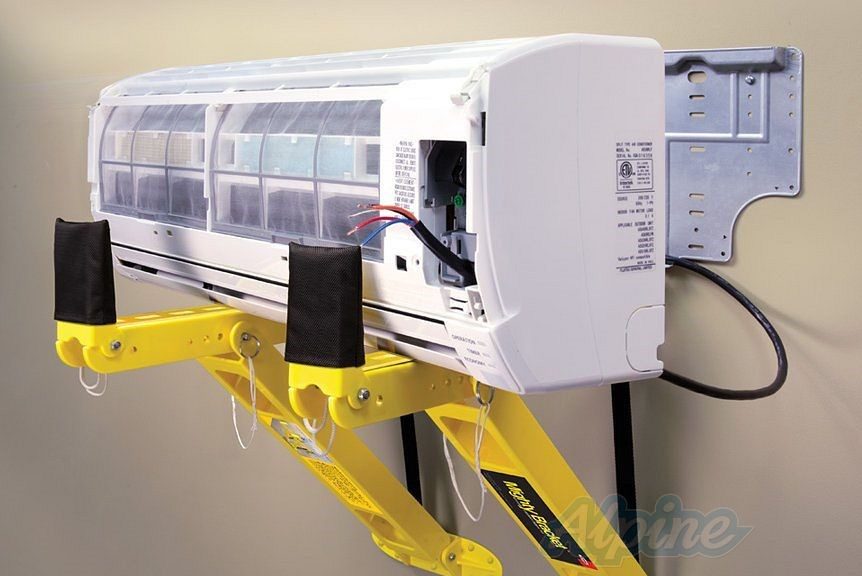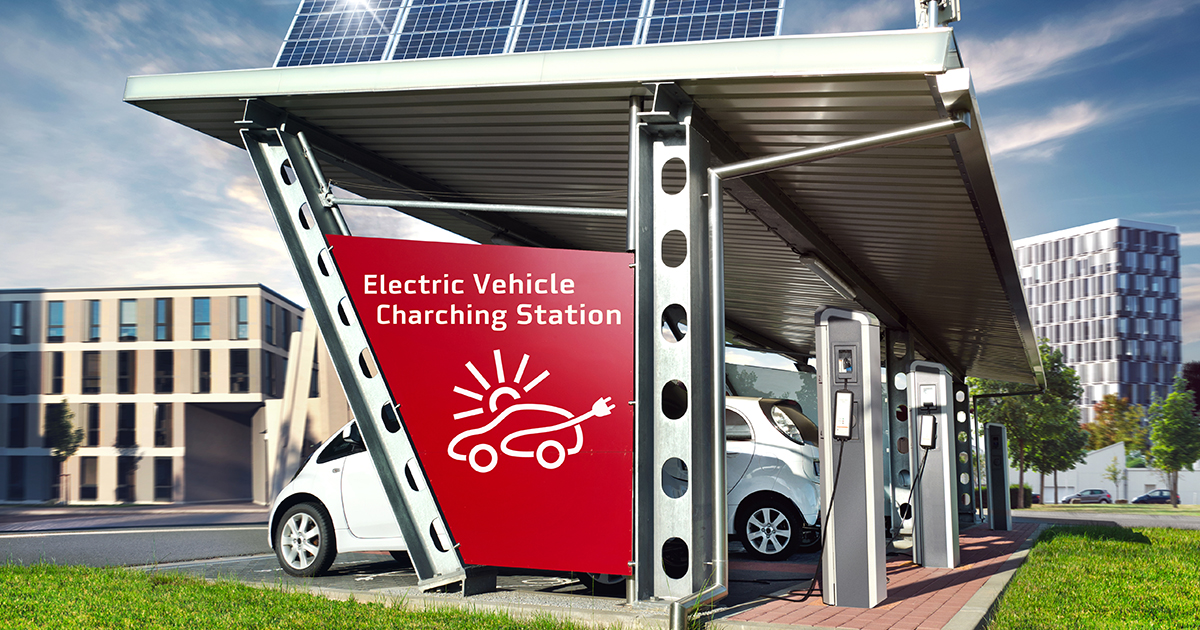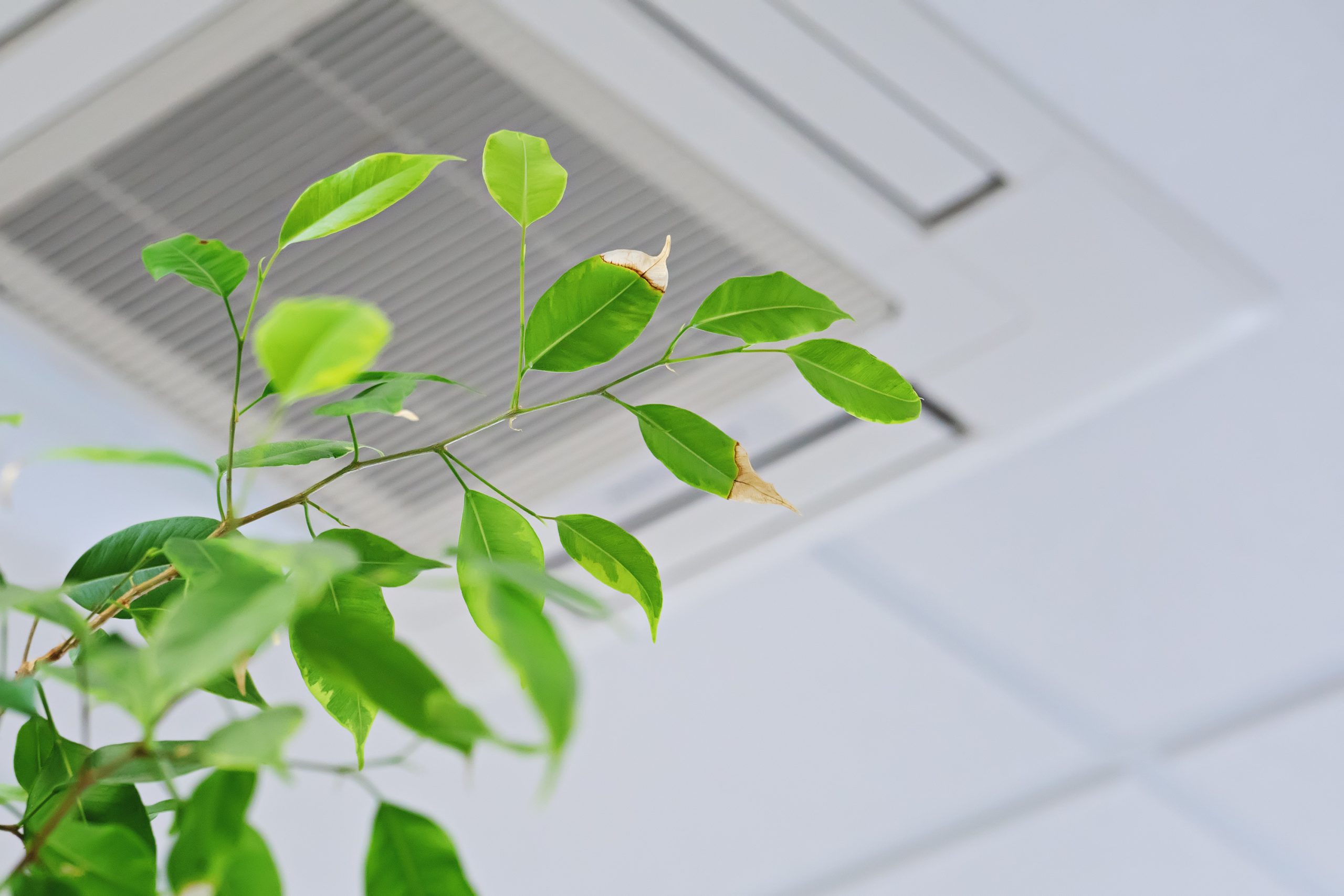
Indoor Air Quality conference at Leonard
A conference on indoor air quality was held in Paris on 13 March at LEONARD, the open laboratory set up by VINCI to focus on the future of cities and infrastructure.
The event, coordinated by the Fabrique de la Cité, brought together experts in a number of fields, including physicians, builders, architects and industrialists.
A review of the instructive day-long conference:
Current situation
We typically spend at least 85% of our time indoors. Our homes are considered the “safest” places in our lives; and yet they are not protected from pollution, which goes unnoticed because it is invisible.
Can we change our lifestyles to improve the situation? Who is responsible for the pollution? A national indoor air quality observatory was set up in 2001 to address these questions.
Its main finding: indoor pollution exceeds outdoor pollution!
A regulatory system introduced on 1 January 2018 requires schools for small children (day care facilities, kindergartens, primary schools) to monitor air quality within their premises. From 2020, the requirement will apply to middle schools and high schools, and steps are being taken to monitor air quality in healthcare facilities (retirement homes). Clearly, there is growing awareness of the issue.
Sources of pollution:
- Biological, physical and chemical contaminants;
- Mold;
- Building materials;
- Activity of building occupants;
- In built-up urban areas near traffic thoroughfares: outdoor air pollution from vehicles.
Prevention
There are three ways to prevent such pollution: regulation, awareness raising and support. However, at present very little is being done (for example, no television commercial is being broadcast to raise awareness).
Construction projects
The surfaces of building materials are a major source of pollution. Best practices could reduce the level of pollution during construction. For example:
- prevent damp in premises;
- allow sufficient time for glue to dry;
- ensure forced ventilation prior to building handover.
Worksites should be instrumented to obtain relevant measurements. The targets to be achieved are covered by an HQE (high environmental quality) guideline.
The architect’s viewpoint
A distinction should be made between residential and office buildings.
In residential buildings, occupants can open windows. Properly airing residential units in the morning and evening (outside peak vehicle traffic periods) sharply reduces pollutant concentration. Technical equipment can also be used. A “single flow” air extraction system will be sufficient in most cases. More sophisticated equipment exists but requires additional maintenance to remain efficient.
In office buildings, the situation is different because windows cannot always be opened. The first precaution to take is to properly position outside air intake points when designing mechanical ventilation systems. In general, these points will be located on the roof. In office buildings, a typical pollutant is CO2 emitted by people. To limit its concentration, the simplest solution is dilution by increasing air intake.
Innovations
But diluting indoor pollution by adding outdoor air will have a limited effect if the outdoor air is of poor quality. Innovative alternative solutions exist. During the conference, Air Liquide presented its new air purification system using adsorption: Aircool (click here to see the Aircool article).
The Building Solutions teams have already proposed its use in one of the buildings of the Archipel project in Nanterre.
To summarise: Indoor air quality is poorly understood, but the issue is gradually being elucidated.
Further information will be provided soon!
Did you like the article ?


